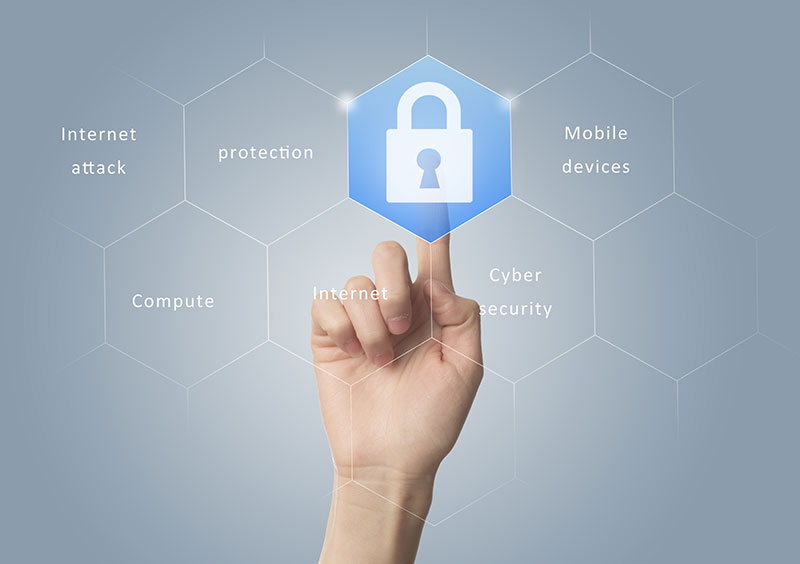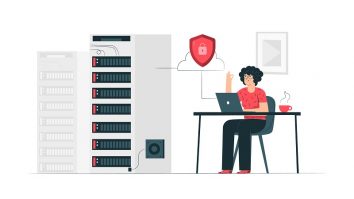The mobile world that we’re now firmly living in has made our lives better in a nearly limitless number of ways. It’s now easy to work remotely. Technology now supports that way YOU like to be productive, rather than forcing you to change or conform your habits to make up for the limitations of the platform. Staying in touch with the world around you is no longer an issue, as you can do so anywhere, at any time, thanks to a device that is literally more powerful than the technology NASA utilized to send men to the moon in the 1960s.
Unfortunately, it’s also made the world more dangerous, too. According to Consumer Reports, 5.2 million smartphones were lost or stolen in the United States in 2014 alone. Skycure estimates that approximately 25% of ALL mobile devices encounter a threat at least once per month. When CyberEdge Group compiled a list of the weakest links in terms of IT security, mobile devices were right at the top.
This, in essence, is why app security in a mobile app development world is of the utmost importance. The mobile landscaping isn’t getting any less threatening and when you’re talking about something as mission critical as business data, developers need to do anything and everything in their power to keep confidential information away from prying eyes.
Data Breaches: Facts and Figures
Security is especially essential in terms of mobile app development, where many organizations are building enterprise-grade apps designed for use with businesses first and foremost. If you thought that identity theft was a problem, consider some of the alarming statistics to come out of this year’s annual Cost of a Data Breach Study from IBM:
- The average cost of a single data breach incident is now approximately $4 million, up an incredible 29% since 2013.
- This also represents a stunning increase over the $3.79 million total from the same study for 2015.
- On average, for every individual record that is lost, stolen or otherwise compromised, a business can expect to incur about $158 worth of damage.
- This represents an increase from the $154 cost from 2015.
- Social security numbers, credit card data, medical histories and patient names all come with the highest cost per individual record stolen at $355.
To put that into perspective, consider the fact that BYOD (bring your own device) is becoming a “new norm” at companies in nearly every industry across the country. According to a study conducted by Microsoft and reported on by CBS MoneyWatch, 67% of employees are currently using their personal devices in the workplace – either for business or pleasure or a mixture of both.
Now, consider that ANY device connected to a network is a potential vulnerability just waiting to be taken advantage of by someone who knows what they’re doing. In terms of mobile app development, it is imperative to take whatever steps that you can to guarantee your app is not the exploit that is leveraged to cause an insurmountable level of harm to your clients.
It’s All About Balance
All of this is to say that a balance will need to be struck moving forward between what end users need and what a security-oriented perspective on mobile app development demands. These are the types of costs that even large businesses may never recover from – while functionality is important, it cannot be prioritized at the expense of app security.
This will likely require a bit of “give-and-take” on behalf of both parties – end users will need to sacrifice some of the functionality they feel entitled to for the sake of keeping the mobile app landscape as safe and as secure as possible at all times.
Image by freepik.com.






